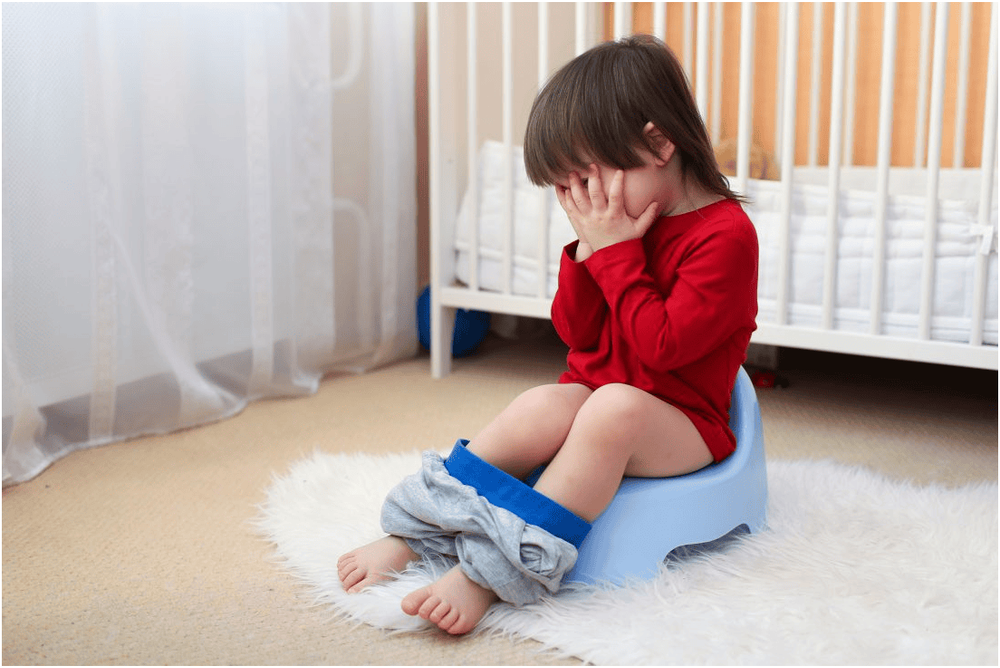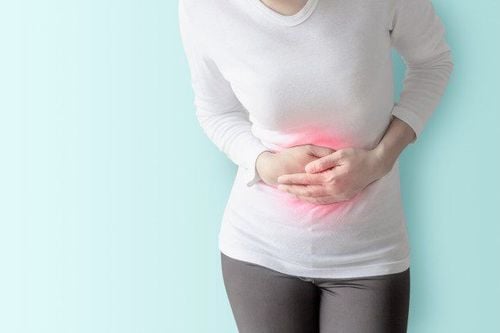This is an automatically translated article.
Loose or bloody stools with fever, abdominal cramps are signs of dysentery in children. This is a common diarrheal disease that causes children to be hospitalized and treated actively from the beginning to avoid dehydration and exhaustion.
1. What is the status of children with dysentery?
Dysentery is defined as diarrhea with blood in the stool. The most common cause of acute dysentery in children is Shigella, especially S. flexneri and S. dysenteriae type 1. Other causes that can lead to dysentery in children include Campylobacter jejuni, especially in neonates and, less commonly, Salmonella.
Certain pathogens, such as the invading E. coli bacteria, are also closely associated with Shigella infection and can cause signs of severe dysentery in children. However, the ability to infect this agent is uncommon. Meanwhile, Entamoeba histolytica causes dysentery in older children and adults, but is rare in children under 5 years of age.
In cases of diarrhea, children with dysentery are a serious condition. Approximately 15% of all episodes of diarrhea in children under 5 years of age are dysentery and account for 25% of all diarrhea deaths.
Furthermore, dysentery is particularly severe in infants and children who are malnourished, clinically apparent dehydration during illness or are not breastfed. In addition, dysentery babies also have more influence on nutritional status than acute diarrhea. On the other hand, dysentery also occurred with increased frequency and severity in children who had measles or had measles in the previous month. Episodes of diarrhea that begin with dysentery may become more persistent than episodes that begin with regular watery stools.
2. What are the signs of dysentery in children?
The clinical indication of dysentery in a child is based solely on the presence of visible blood in the diarrhea stools. The stool will also contain many pus cells (neutrophils) that are visible microscopically and are rich in mucus. These features suggest that the child has been infected with a bacterial agent that invades the intestinal mucosa (such as C. jejuni or Shigella).
In a typical episode, a child has dysentery with stools that are initially watery, which become bloody after a day or two. Children have watery diarrhea that is sometimes severe and can cause dehydration. However, usually, if a child has a lot of small bloody stools, then severe dehydration does not occur.
Besides, the baby with dysentery often has a fever but sometimes the temperature is abnormally low, especially in severe cases. On the other hand, children also present with abdominal cramps and rectal pain when defecating or trying to defecate (straining). However, children under the age of 5 are completely unable to describe these things.

Nguyên nhân thường gặp nhất khiến bé bị kiết lỵ cấp tính là do Shigella
3. Baby has dysentery what to do?
In most cases, when signs of dysentery are detected in a child, the condition should be treated as a Shigella infection and treated accordingly as soon as possible. Because the agent Shigella causes about 60% of cases of dysentery babies come to medical facilities and almost all cases are severe, life-threatening.
At the same time, if stool microscopy and E. histolytica's cells contain red blood cells, then the basic therapies of dysentery treatment should be prescribed early, including: Antibiotics, compensatory therapy translate and follow up closely.
Antibiotic therapy Early treatment of children with shigella dysentery with an appropriate antibiotic will shorten the duration of the illness and reduce the risk of serious complications and death. However, treatment is only effective when Shigella is sensitive to the indicated antibiotic. Conversely, if treatment is delayed or antibiotics are used to which Shigella bacteria are not susceptible, the bacteria can cause extensive damage to the intestines and invade the general circulation causing sepsis, circulatory failure and sometimes when it's septic shock. These complications occur more often in malnourished children or infants and can be fatal.
Young children with dysentery should not receive routine amoebic treatment. Treatment should be initiated only when E. histolytica containing red blood cells is detected in the stool or when bloody stools persist after consecutive treatment with two antibiotics that are usually effective against Shigella. The preferred treatment for amoebic dysentery is metronidazole. If dysentery is caused by E. histolytica, improvement should occur within 2-3 days of starting treatment.
Rehydration in the treatment of dysentery in children Children with dysentery should be evaluated for signs of dehydration and treated appropriately. Accordingly, all patients with dysentery should be actively offered fluids and other fluids during their illness, especially if they have a fever.
Nutrition in children with dysentery Children with dysentery should continue to eat as usual so that nutritional damage during illness can be prevented or minimized. However, feeding babies can be difficult because they are often anorexic.
Accordingly, mothers should be encouraged to continue breastfeeding. Older children need frequent small meals at least 6 times a day. Always encourage your child to eat and choose foods rich in energy and nutrients that he or she enjoys. Children should be given one more meal a day for at least 2 weeks after the diarrhea stops to ensure adequate nutrition.
Close follow-up for dysentery Most babies with dysentery will show significant improvement within 2 days of starting effective antibiotic treatment. These conditions should complete a 5-day course of treatment and do not require special monitoring.
Meanwhile, other patients should be closely monitored, especially children with no obvious improvement within 2 days and children known to be at high risk of death or other complications. Children at high risk (i.e. infants, malnourished children, non-breastfed infants, and any child who are dehydrated) should be regularly monitored both as outpatients or hospitalized. Children with dysentery associated with severe malnutrition should be hospitalized on a routine basis. If the child's signs of dysentery do not improve after the first 2 days of antibiotic treatment, another antibiotic should be given.

Trẻ bị kiết lỵ nên tiếp tục ăn như bình thường để bổ sung dinh dưỡng
4. What complications can children with dysentery lead to?
A number of serious and potentially fatal complications can occur when a child has dysentery, especially when it is caused by Shigella bacteria, including:
Intestinal perforation, intestinal dilatation; Rectal prolapse ; Convulsions (with or without high fever); Sepsis, hemolytic-haemolytic syndrome Persistent hyponatremia. A major complication of dysentery is weight loss and rapid deterioration of nutritional status. This is because dysentery is accompanied by a loss of appetite while the body's need for essential nutrients is increased to fight infections and repair damaged tissues. Furthermore, the infant is depleted due to loss of serum protein from the damaged intestine.)
Mortality events in children with dysentery are often due to diffuse intestinal damage to the ileum and colon, complications of sepsis, secondary infection (pneumonia) or severe malnutrition. Children treated for dysentery are also at increased risk of dying from other infections, perhaps due to poor nutrition or impaired immunity.
In summary, dysentery is an important cause of diarrhea in children. Typical signs of dysentery in children are watery and bloody stools accompanied by fever, causing dehydration and malnutrition. Poor hygiene often increases the risk of dysentery by spreading parasites or disease-causing bacteria through food or water. Therefore, to prevent diseases, parents need to pay attention to keep their children's hygiene, wash their hands often with soap.
References: medbroadcast.com, sites.kowsarpub.com, rehydrate.org













